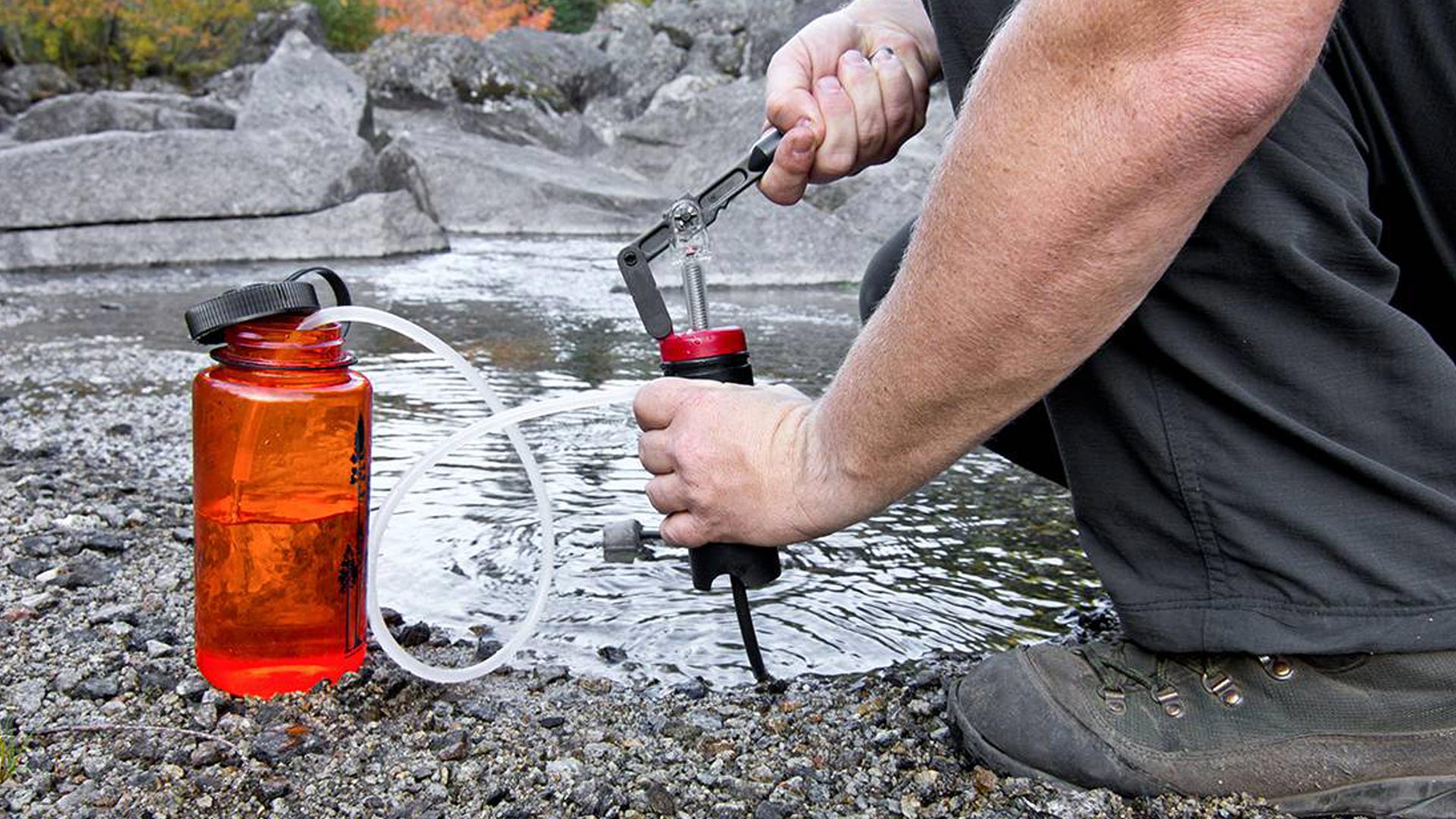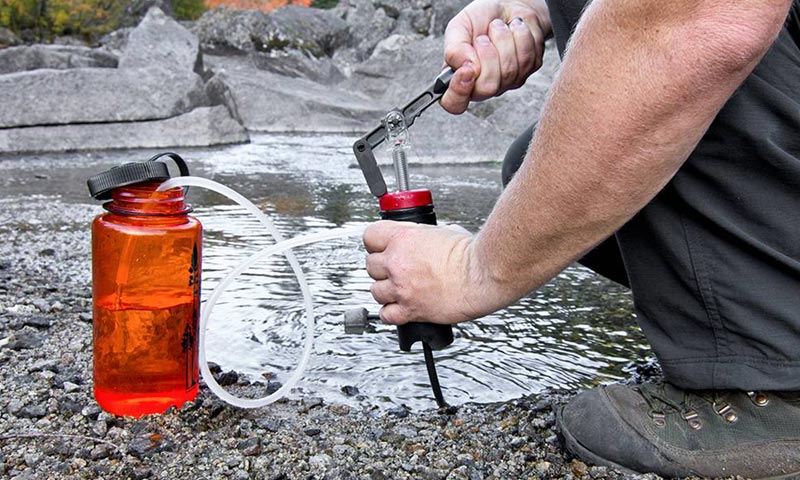The best way of making sure that the water you are getting ready to boil will be safe to drink is to boil it for several minutes. However, as effective as that method may be, it will require using up some of your stove's precious fuel, and the end result won't provide you with the most delicious or refreshing of beverages when you are thirsty. Fortunately, there are other ways of ensuring yourself a supply of safe drinking water when out for a walk in the woods or unfamiliar terrain.
First of all, you can carry along a system featuring a cartridge or membrane filter. Generally very effective, such a system will not trap viruses but will remove bacteria and protozoa, the microscopically small living creatures that can be harmful to health. Nonetheless, this type of system can be heavy and cumbersome, and does require a minimum of maintenance.
The other method for treating water that is very popular among outdoor enthusiasts is to use chemical products such as chlorine or iodine tablets to purify it. Such chemicals can eliminate bacteria and viruses, but not every type of protozoa. Moreover, iodine often leaves water with an unpleasant aftertaste, and people who have certain kinds of blood or glandular (thyroid) conditions, as well as pregnant women, must practice particular caution in respect to its use.
Lastly, the newest arrival in the purification system family—the UV process—treats water through the emission of ultraviolet rays. Compact, practical and effective, this type of system is also extremely easy to use: in order to remove 99.9% of every type of disease-causing pathogen you simply immerse it in a container full of water, turn it on and wave it around for the recommended length of time.
Since each of these systems has its advantages and disadvantages, it's worthwhile considering exactly how it will be used before making a final buying decision. Cartridge or membrane filters are ideal for short trips or for touring areas of the world where the risk of viruses spreading in water is minimal. They are also very handy when travelling in a group, given the large amounts of water it will then be necessary to treat.
Purification tablets, on the other hand, take up very little space in a backpack or suitcase, and a large number of them can be brought along on trips to countries where the water is more often than not contaminated or unsafe to drink, even when it comes out of a tap. Be aware, however, that they do not withstand humidity well and must be kept in a dry place.
Finally, UV water treatment systems require batteries and continue to be relatively expensive, but those are certainly their only disadvantages.















